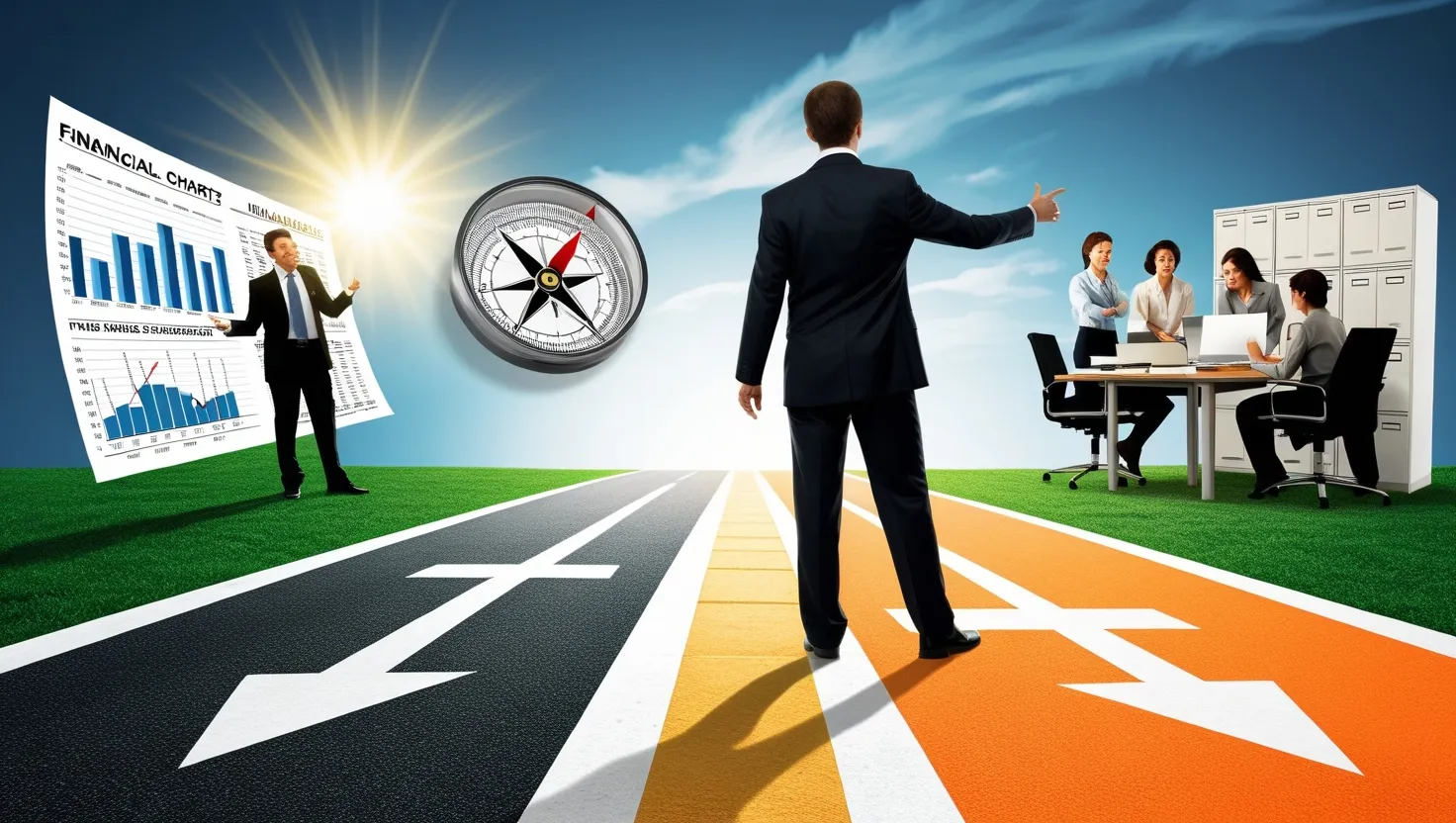When it comes to value investing, one of the most critical concepts to grasp is the idea of an “economic moat.” This term, popularized by Warren Buffett, refers to a company’s durable and intrinsic competitive advantages that protect its market position and profitability over time. Here, we’ll delve into the key principles for analyzing these moats, and how they can guide your investment decisions.
The Power of Brand Strength and Customer Loyalty
“Your premium brand had better be delivering something special, or it’s not going to get the business.” - Warren Buffett
Brand strength and customer loyalty are among the most potent moats a company can possess. Think of Coca-Cola or Apple – these brands have been built over decades and are almost synonymous with their respective industries. A strong brand acts as a barrier to entry for competitors because it creates a level of trust and loyalty that is hard to replicate.
When assessing brand strength, consider how deeply the brand is ingrained in the consumer’s psyche. For instance, when you think of a soft drink, Coca-Cola is often the first name that comes to mind. This kind of brand recognition is not easily replicated and provides a significant competitive advantage.
The Network Effect and Switching Costs
“The network effect is a powerful force. It can create a self-reinforcing cycle of growth.” - Reid Hoffman
Network effects occur when the value of a product or service increases as more people use it. Social media platforms like Facebook or LinkedIn are prime examples. The more users they have, the more valuable the platform becomes to each individual user.
Switching costs are another crucial aspect to consider. These are the costs associated with switching from one product or service to another. For example, if you’re deeply invested in the Apple ecosystem with an iPhone, Mac, and iPad, the cost of switching to a different brand is high, both in terms of money and the inconvenience of learning new systems.
Companies that benefit from network effects and high switching costs have a significant moat. It’s not just about the product itself, but the entire ecosystem that surrounds it.
Patents, Proprietary Technology, and Intellectual Property
“Patents are like fences around a piece of land. They don’t produce anything, but they define the territory.” - Unknown
Patents, proprietary technology, and intellectual property can create formidable moats. Companies like Johnson & Johnson, with their extensive portfolio of healthcare products and strong patent protection, are well-guarded against competitors.
When evaluating a company’s intellectual property, consider the breadth and depth of its patent portfolio. How long do these patents last? Are they critical to the company’s core business? These questions can help you understand the durability of the moat.
Scale Advantages and Cost Leadership
“Costs are the entrepreneur’s best friend. It is through cost that an entrepreneur can make a profit.” - Henry Ford
Scale advantages and cost leadership are powerful moats that can protect a company’s profitability. Companies like Walmart or Amazon have achieved such massive scale that they can negotiate better prices with suppliers, reducing their cost of operations significantly.
When analyzing a company’s cost structure, look for structural advantages that are hard to replicate. For instance, having access to captive resources, like Tata Steel’s iron ore mines, can significantly reduce raw material costs and create a sustainable cost advantage.
Regulatory Barriers and Government Licenses
“Regulatory capture is when an industry gets to write the rules that govern it.” - Unknown
Regulatory barriers and government licenses can also serve as strong moats. Companies in highly regulated industries, such as pharmaceuticals or banking, often have significant barriers to entry due to stringent regulatory requirements.
For example, a company that holds a unique government license or operates in a highly regulated space can enjoy a moat that is difficult for competitors to breach.
Quantifying the Durability of Competitive Advantages
“How do we know when irrational exuberance has unduly escalated asset values?” - Alan Greenspan
Quantifying the durability of a company’s competitive advantages is crucial. One way to do this is by looking at the company’s historical performance. Have they maintained their market share and profitability over time? Do they have the ability to raise prices without losing customers?
Consider the example of Apple. Despite the high prices of its products, Apple maintains a loyal customer base. This pricing power is a strong indicator of a durable moat.
Real-World Examples
“Price is what you pay. Value is what you get.” - Warren Buffett
Let’s look at some real-world examples of companies with strong moats. Coca-Cola, as mentioned earlier, has a brand that is recognized globally. This brand strength, combined with its extensive distribution network, makes it nearly impossible for competitors to replicate.
Johnson & Johnson, with its diverse portfolio of healthcare products and strong patent protection, is another example. The company’s ability to innovate and protect its intellectual property has allowed it to maintain its market position for decades.
Incorporating Moat Analysis into Investment Decisions
“Investing is not a game of perfect. It is a game of better than average.” - Benjamin Graham
When incorporating moat analysis into your investment decisions, it’s essential to take a holistic approach. Look at the company’s overall business model, its market position, and its ability to sustain its competitive advantages over time.
Ask yourself questions like: Does the company have a strong brand? Are there high switching costs associated with its products or services? Does it benefit from network effects or have significant patent protection?
By focusing on these aspects, you can build a portfolio that is resilient and has the potential for long-term growth.
Conclusion
Economic moats are the foundation upon which successful value investing is built. By understanding and analyzing these moats, you can make more informed investment decisions and protect your investments from the whims of the market.
As Warren Buffett once said, “It’s far better to buy a wonderful company at a fair price than a fair company at a wonderful price.” Identifying companies with strong, durable moats is key to finding those wonderful companies that can deliver long-term value.
So, the next time you’re evaluating a potential investment, remember to look for the moat. It might just be the difference between a good investment and a great one.






